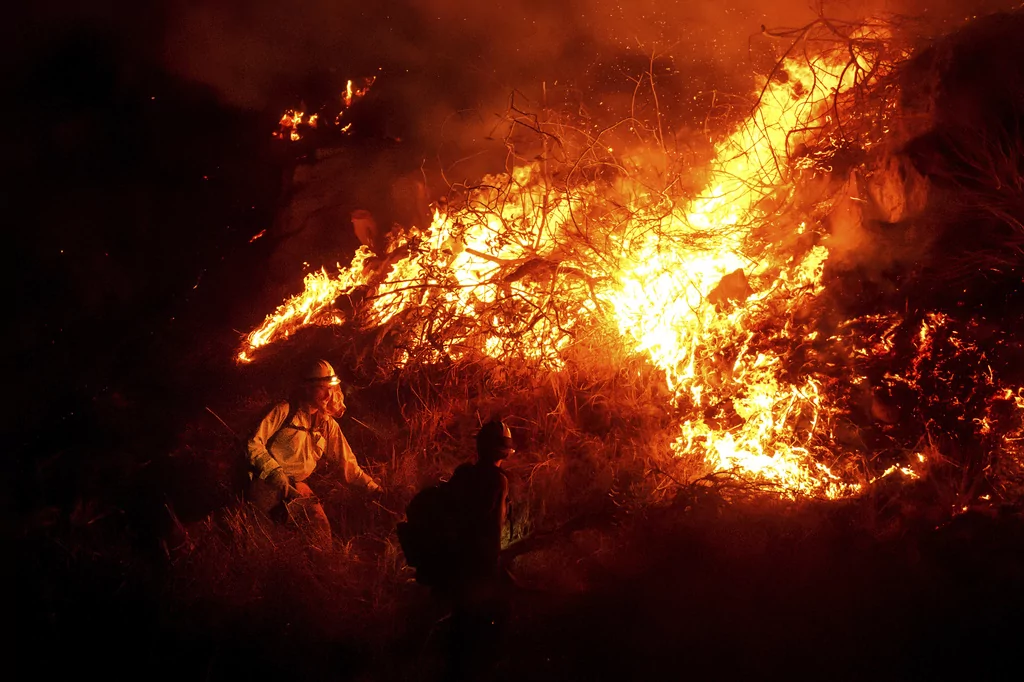Congress advances wildfire reduction bill as CA blocks wildfire prevention funding

(The Center Square) – California Democrats rejected a Republican proposal to add $1 billion for wildfire prevention to California's $2.5 billion wildfire recovery bill in a simple procedural vote. In Washington, D.C., Democrats and Republicans on Capitol Hill passed a bipartisan bill to exempt forest management activities from the strict environmental review process.
California State Assembly Republican leader James Gallagher's amendment would have been for $1 billion in funding for fuel reduction projects in California. This amendment compared recent cuts in fuel reduction spending to the growing state budget for addressing homelessness.
On the casting call response said: "One billion dollars to save hundreds of billions. And precious lives."
It is estimated that California has 15 million acres of forest that are at high risk; with a treatment cost of $1,000 per acre, the available funds could cover the removal of one million acres of high-risk forest near populated areas and power lines.
A couple of years ago, the governor and the president announced a partnership to treat one million acres annually in California – 500,000 acres by the state and 500,000 acres by the federal government. Neither has achieved that target yet.
Fifty-eight members of the Assembly voted to reject the proposed amendment.
Right now in Congress, a bipartisan bill to cut back on obstacles to projects like controlled forest fires has moved from the House to the Senate. The bill was put forward by California Democratic Congressman Scott Peters and Arkansas Republican Bruce Westerman. Peters, who represents an affluent area of Southern California, had previously been an environmental lawyer and has made protecting the environment a major policy priority for him.
The statement says, "Our bill aims to safeguard areas where nature intersects with homes, position firetrucks and other resources in high-risk zones in advance, and construct homes that are more resistant to fires."
The bill's main change would be to exempt many forest management projects from National Environmental Policy Act requirements, which would make it take over five years to get environmental approval to do controlled burns or mechanical brush removal.
It generally takes ~3.6 years to begin mechanical thinning and ~4.7 years to conduct a controlled burn after the USFS begins evaluating the environmental impact. For projects that need an environmental impact statement, it takes ~5.3 years after the permitting process starts to initiate mechanical thinning and ~7.2 years for controlled burns.

Post a Comment